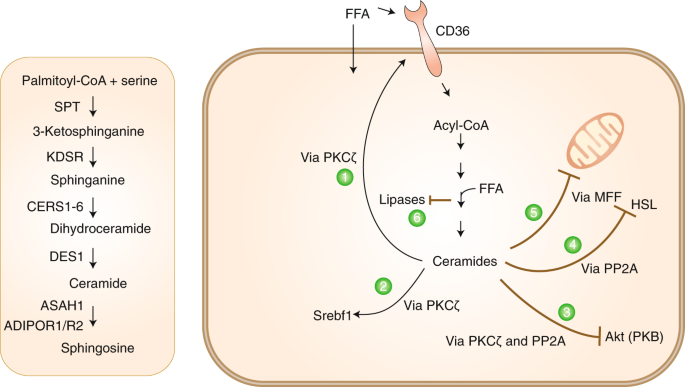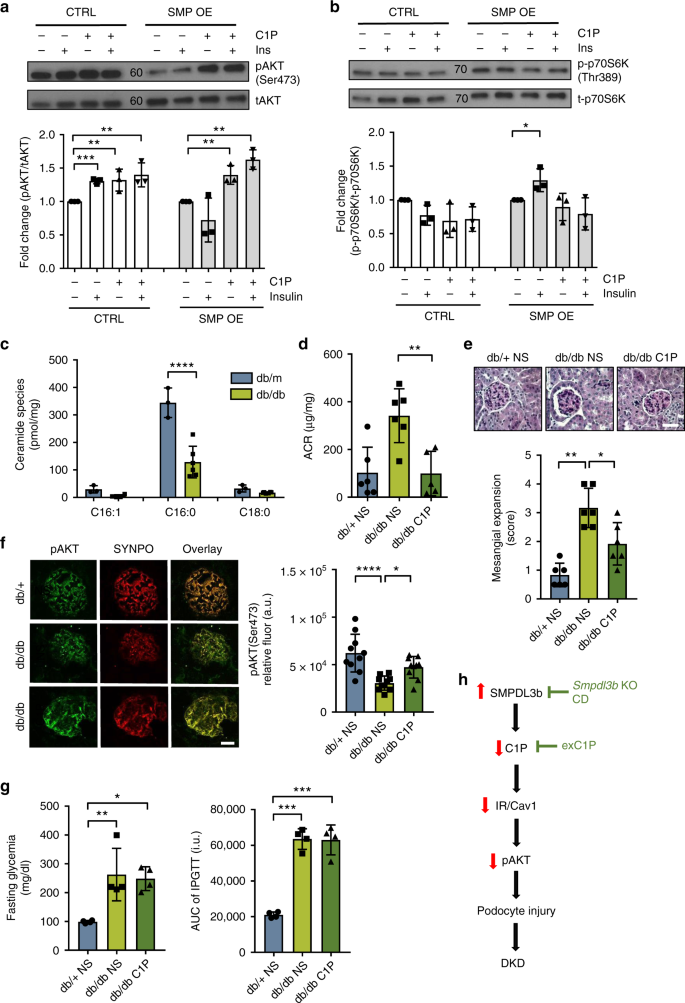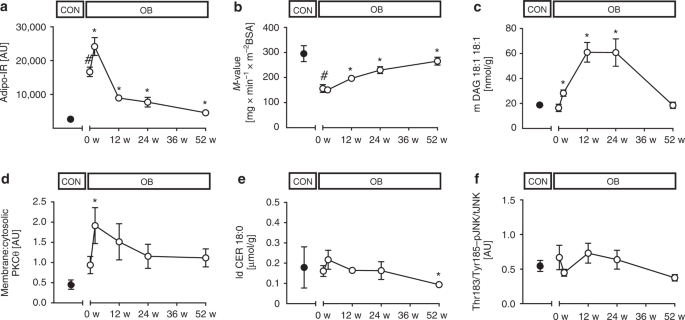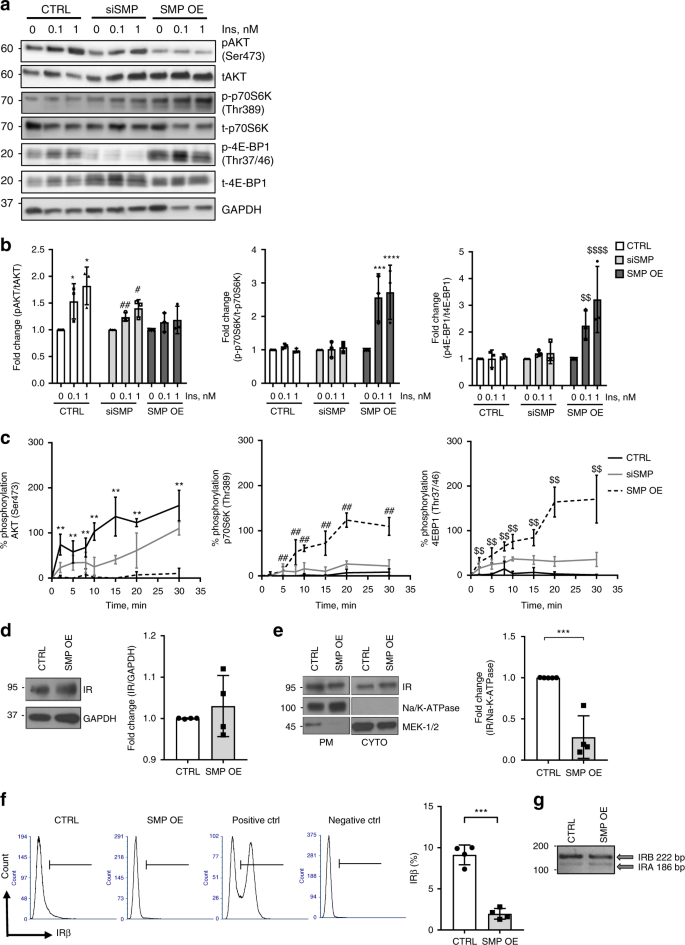
Mechanisms of muscle insulin resistance and the cross‐talk with liver and adipose tissue - Silva Rosa - 2020 - Physiological Reports - Wiley Online Library
![PDF] Sphingolipid Metabolism: New Insight into Ceramide-Induced Lipotoxicity in Muscle Cells | Semantic Scholar PDF] Sphingolipid Metabolism: New Insight into Ceramide-Induced Lipotoxicity in Muscle Cells | Semantic Scholar](https://d3i71xaburhd42.cloudfront.net/521ffada53075bca162dc03055312c91e84afbd6/9-Table1-1.png)
PDF] Sphingolipid Metabolism: New Insight into Ceramide-Induced Lipotoxicity in Muscle Cells | Semantic Scholar

The role of C16:0 ceramide in the development of obesity and type 2 diabetes: CerS6 inhibition as a novel therapeutic approach - ScienceDirect
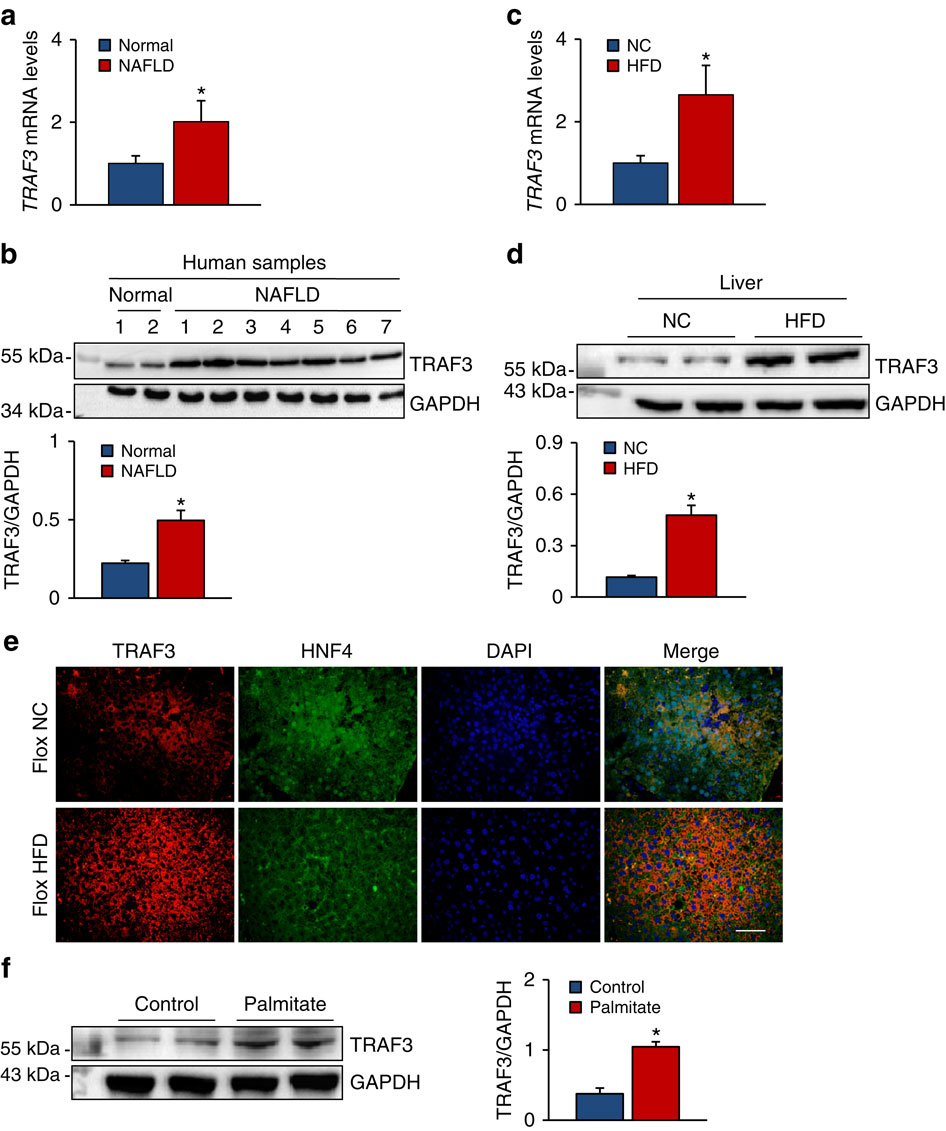
Hepatocyte TRAF3 promotes liver steatosis and systemic insulin resistance through targeting TAK1-dependent signalling.,Nature Communications - X-MOL
![PDF] Sphingolipid Metabolism: New Insight into Ceramide-Induced Lipotoxicity in Muscle Cells | Semantic Scholar PDF] Sphingolipid Metabolism: New Insight into Ceramide-Induced Lipotoxicity in Muscle Cells | Semantic Scholar](https://d3i71xaburhd42.cloudfront.net/521ffada53075bca162dc03055312c91e84afbd6/8-Table1-1.png)
PDF] Sphingolipid Metabolism: New Insight into Ceramide-Induced Lipotoxicity in Muscle Cells | Semantic Scholar

A selective inhibitor of ceramide synthase 1 reveals a novel role in fat metabolism | Nature Communications
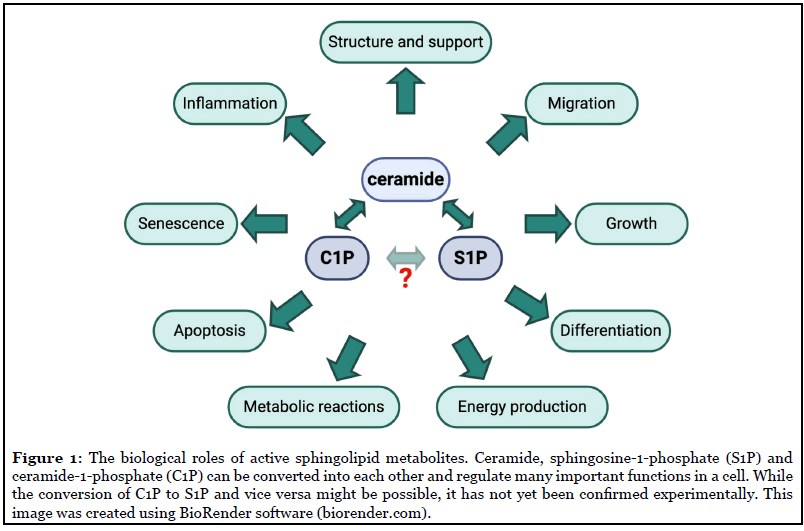
Welcome to Scientific Archives | Role of Sphingolipid Signaling in Glomerular Diseases: Focus on DKD and FSGS.

Exosome-Like Vesicles as New Mediators and Therapeutic Targets for Treating Insulin Resistance and β-Cell Mass Failure in Type 2 Diabetes Mellitus
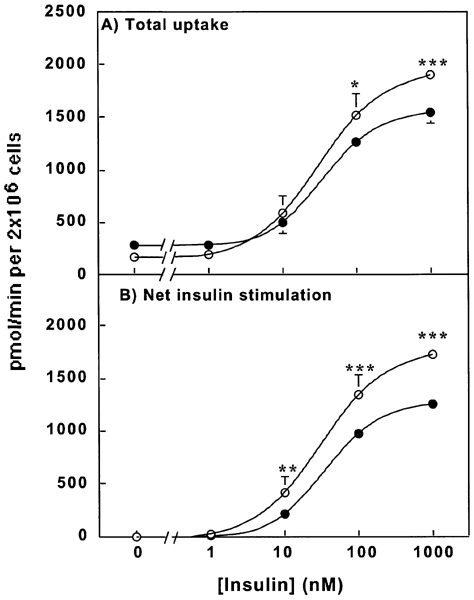
Cell-permeable ceramides increase basal glucose incorporation into triacylglycerols but decrease the stimulation by insulin in 3T3-L1 adipocytes | International Journal of Obesity
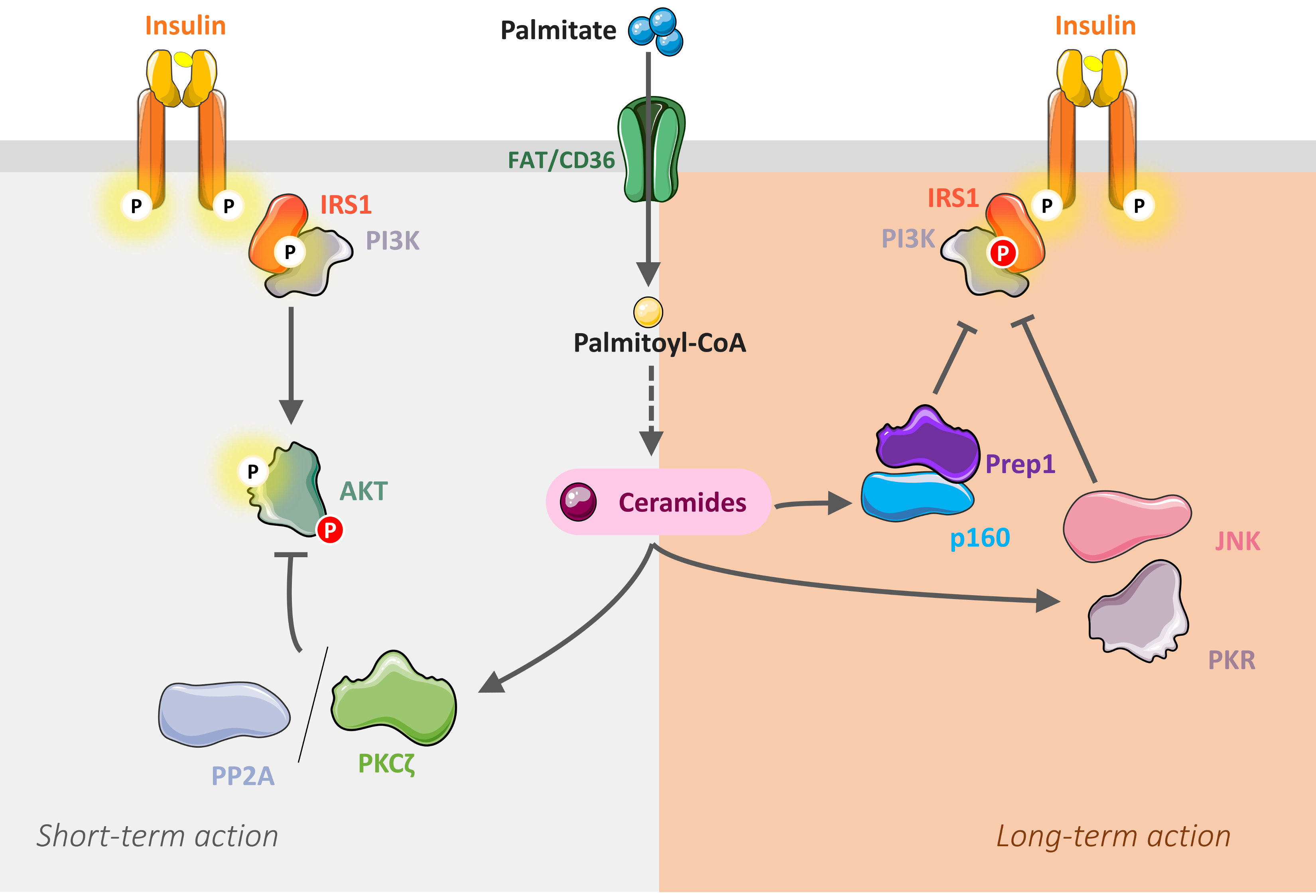
IJMS | Free Full-Text | Sphingolipid Metabolism: New Insight into Ceramide-Induced Lipotoxicity in Muscle Cells | HTML

Role of ceramide synthase 2 in G-CSF signaling and G-CSF-R translocation into detergent-resistant membranes. - Sci. Rep. - X-MOL

The role of C16:0 ceramide in the development of obesity and type 2 diabetes: CerS6 inhibition as a novel therapeutic approach - ScienceDirect
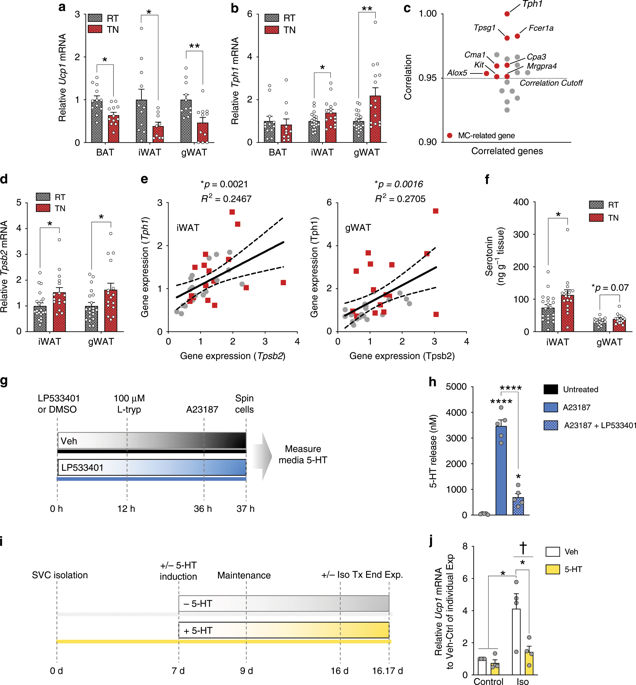
Genetic deletion of mast cell serotonin synthesis prevents the development of obesity and insulin resistance. - Nat. Commun. - X-MOL
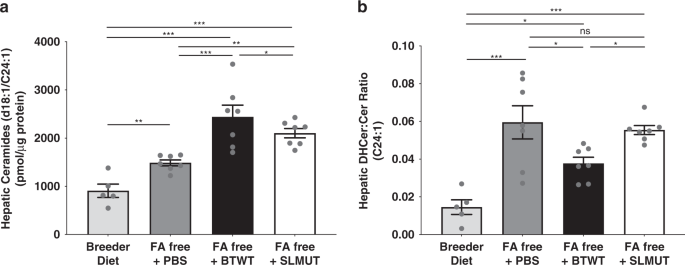
Sphingolipids produced by gut bacteria enter host metabolic pathways impacting ceramide levels | Nature Communications
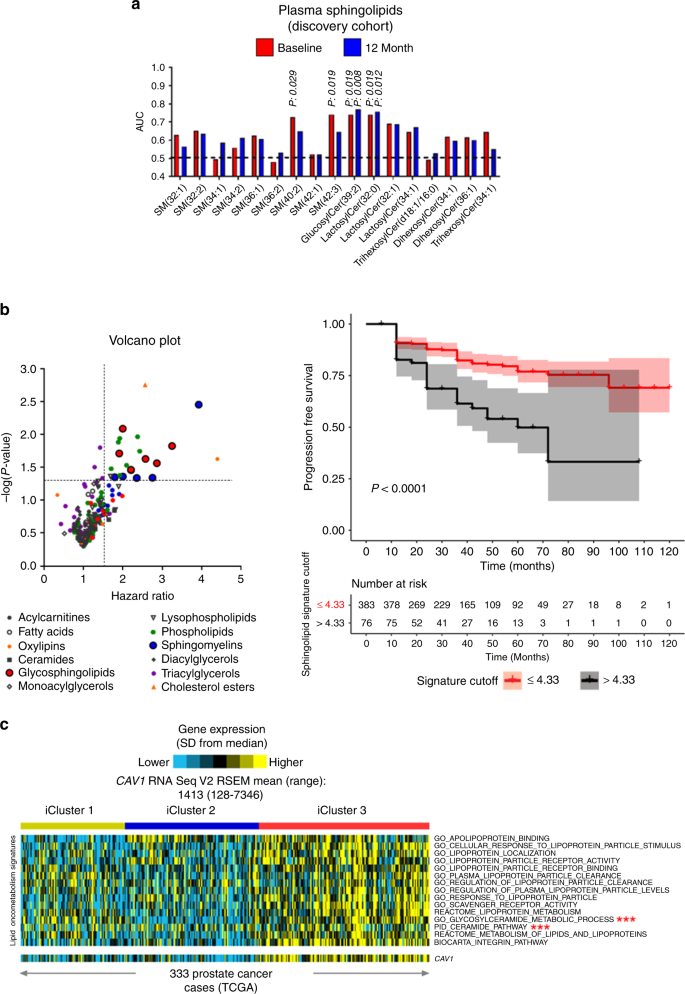
Caveolin-1-mediated sphingolipid oncometabolism underlies a metabolic vulnerability of prostate cancer | Nature Communications



